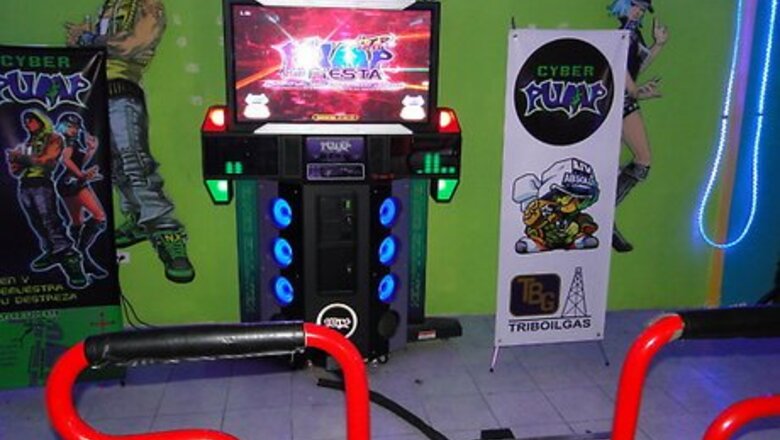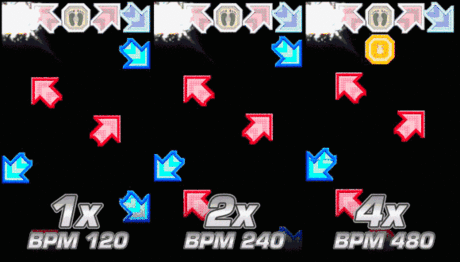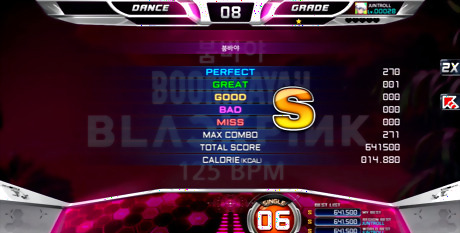
views

Choose a place where you can play. The price for one play shouldn't be very expensive, and the machines should be good quality for you to enjoy the game. If you need to stomp on the panels instead of just stepping on them, it's a sure sign that the platforms are not well-maintained; in that case, you should talk to the arcade staff about it.

Be aware that the panels are used for menu navigation. The blue back panels cycle through options; the yellow center panels confirm the selection; the red front panels return to the previous menu. Because the center panel is essentially the A button during menus, it is hard to emphasize enough that you must not stand on it!Pump It Up Prime 2 Menu Tip.png

Change the scroll speed if needed. Arrows start out at “2x” scroll speed, which means the speed where eighth notes (half beat apart) appear comfortably without overlapping. You can lower the scroll speed for easier songs, or raise it up to 4x in increments of 1 (or up to 6.5x on Full Mode, in increments of 0.5). The command to raise the scroll speed is ↖↗↖↗????, and to lower the scroll speed is ↗↖↗↖????. Make sure to know the song's BPM (tempo). Scroll speed will depend on it; for example, a BPM200 song at 1x scroll speed and a BPM100 song at 2x scroll speed will have arrows moving at the same speed. Some songs change scroll speed in the middle. They are typically marked with two BPMs if the song actually changes tempo, but if the chart has gimmicks where it speeds up, slows down, or stutters, it may not be shown in the BPM display in the song selection.

Choose a song and difficulty. Every song has at least 3 difficulties. If you are completely new to the music game genre, try a song that has a chart with a difficulty of 1 or 2, and lower the scroll speed to 1x. If you have played music games in the past, or play a musical instrument, you might want to start out at around 4 or 5. If a difficulty says “Double” and has a green background, it means one player plays on all 10 panels. Unless you know what you're doing, make sure to avoid these.
Follow the rhythm. While many new players might watch each arrow closely to see the exact moment when it overlaps with its receptor (gray, stationary arrow), it's best to listen to the beat of the song and plan ahead your movement.
Alternate your feet. Many new players may step on a panel then move the foot back to where it was before. This is bad technique, and it is integral to alternate your feet instead of returning to the center, since most Pump It Up charts are designed with footwork in mind. Don't be shy to move around and twist your body. Instead of stepping and returning, walk around on the platform. It will make patterns like ↖↗↖↗ and ↙↘????↗↖ easier. Don't be afraid to turn your body to either side! Patterns like ↙↘↗↘↙, ↙????↘????↙, and ↙↖????↗↘ will require you to do so.

Check your grade. If you get an F, try an easier song; if you are already playing the easiest, try again, going over these tips once more. If you get a B, C or D, continue playing it until you can confidently get an A. Aim for an S (no MISSes), double S (only PERFECTs and GREATs), or a triple S (all PERFECTs)! (For versions up to Prime 2, these grades correspond to Silver S, Gold S, and SS, respectively.)



















Comments
0 comment